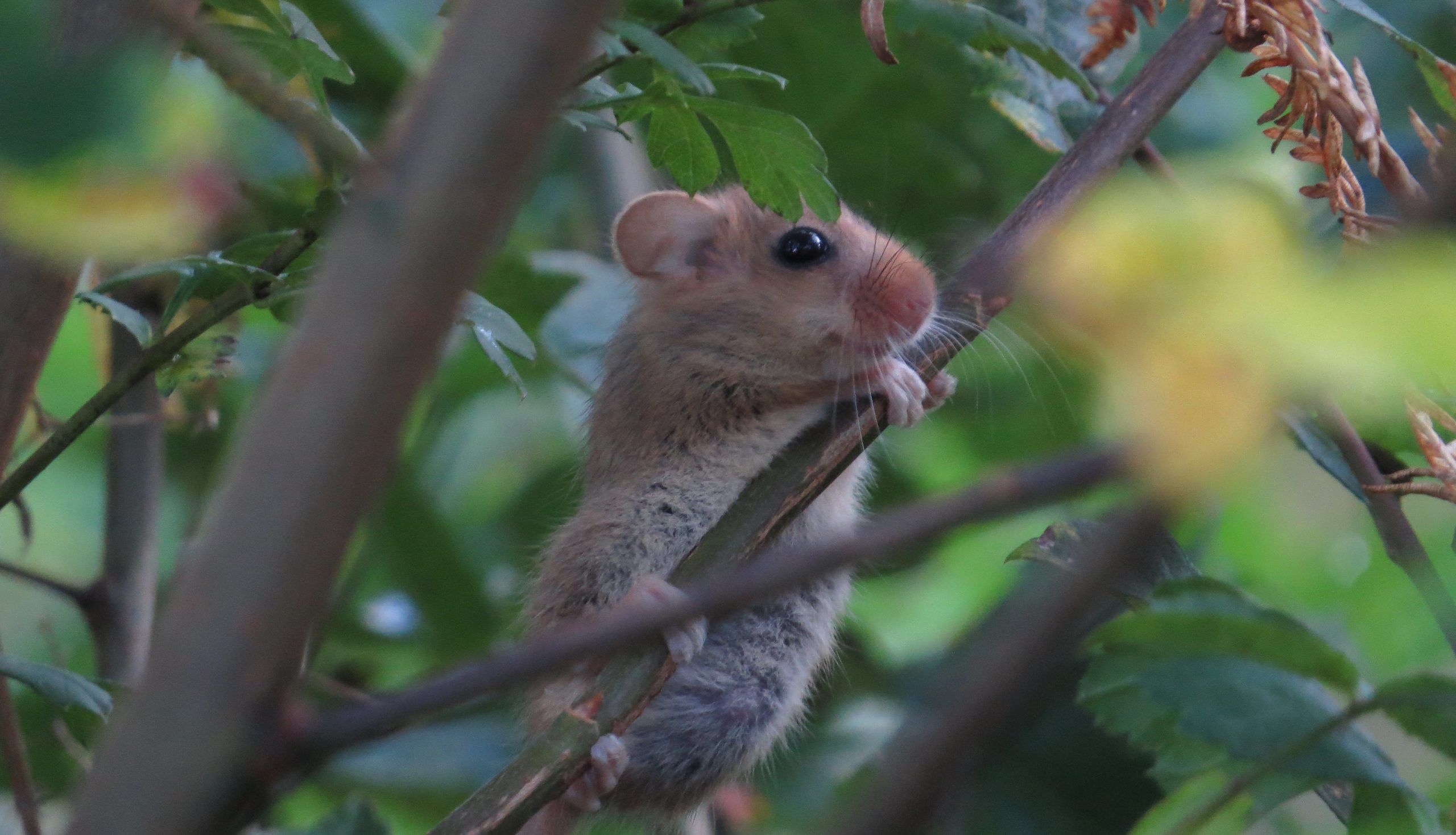News
Search by topic
‘Northern stronghold’ for rare hazel dormice created in Lancashire This week, a unique partnership of 10 organisations are coming together in an attempt to bring hazel dormice back from the brink. 39 dormice are being reintroduced into an ancient woodland in Lancashire. This reintroduction follows the milestone reintroduction in 2021 that saw 30 hazel dormice …
Read article...The Aral Sea in Central Asia is synonymous with ecological and socio-economic collapse. At the centre of this region lies, what until the sea largely vanished, used to be an island: Vozrozhdenie (meaning ‘Resurrection’). This remote island has been home to critically endangered saiga antelope for at least 400 years. Until recently, the unique biodiversity …
Read article...The Nature Recovery Green Paper, which Defra published on 16 March 2022, includes sections on consolidation and rationalisation of species protection and the creation of a new tiered approach to species protection in England. As a champion and leader for conservation and research for some of England key mammal species, PTES has a significant interest …
Read article...Magnificent stag beetles Sadly, the incredible stag beetle is threatened across Europe. PTES has been working to save stag beetles for nearly 25 years. We’ve funded research, collected records through our Great Stag Hunt survey, and more recently, we have joined the European Stag Beetle Monitoring Network. What is the European Stag Beetle Monitoring Network? …
Read article...Spring is well underway and hedges across the countryside are rich with colours and sounds as blossoms emerge and wildlife awakens. This time of year provides a really great opportunity to start thinking about the diversity of flowering plant species across the hedgerows that we manage. Observing the hedges across a field, garden or park …
Read article...House building efforts in the UK are a constant source of contention. Too many? Too few? Whatever the case, it’s undeniable that development all too often affects our wildlife and the dwindling habitats they rely on to survive. Many of our species in our nature-depleted country are impacted by infrastructure projects. Yet there are measures …
Read article...Peat extraction is devastating for biodiversity and the climate If you have ever owned a house plant or planted something in a garden, it was almost certainly grown in a peat-based product. Despite understanding for decades the damage that peat extraction is doing to both biodiversity and the climate, industry-led voluntary efforts have failed to …
Read article...An encounter with a dormouse During a recent trip to one of our Nottinghamshire dormouse woodlands I happened to stumble upon another wild dormouse nest. It was hidden amongst a patch of bramble and rose scrub that was winding its way up a hawthorn tree, on the edge of a young coppice compartment. The nest …
Read article...If you own a woodland or you visit one regularly, please keep a particular eye out for stag beetles on warm sunny evenings from the end of May to the end of July. You can tell us about any sightings via our Great Stag Hunt survey. Stag beetles and woodland habitats Stag beetles are one …
Read article...The recent drought in Kenya is one of the worst in memory, with failed rainy seasons in three consecutive years. Our colleague Ali and his team have been working tirelessly to save as many animals as possible. Ali recently sent us an update, including news that the rains have at last arrived. However, there’s been …
Read article...Human activities can influence animals in different ways. Some animal species can adapt to new environments by changing their behavior. Others don’t show such flexibility and aren’t as successful at adapting. The type of human activity which animals are exposed to is one of the main factors determining their behavioral responses. Tracking giant otters in …
Read article...We were shocked when Typhoon Rai (known locally as Odette) hit large parts of the southeastern islands of the Philippines last December. Coastal areas were ripped to shreds, and hundreds of people were killed, including several on Dinagat Island located on the south-eastern part of Philippines. PTES project leader Jay Fidelino has been waiting for …
Read article...Press and media
For all media enquiries please contact Jane Bevan or Adela Cragg at Firebird Public Relations on 01235 835297 or email ac@firebirdpr.co.uk.












